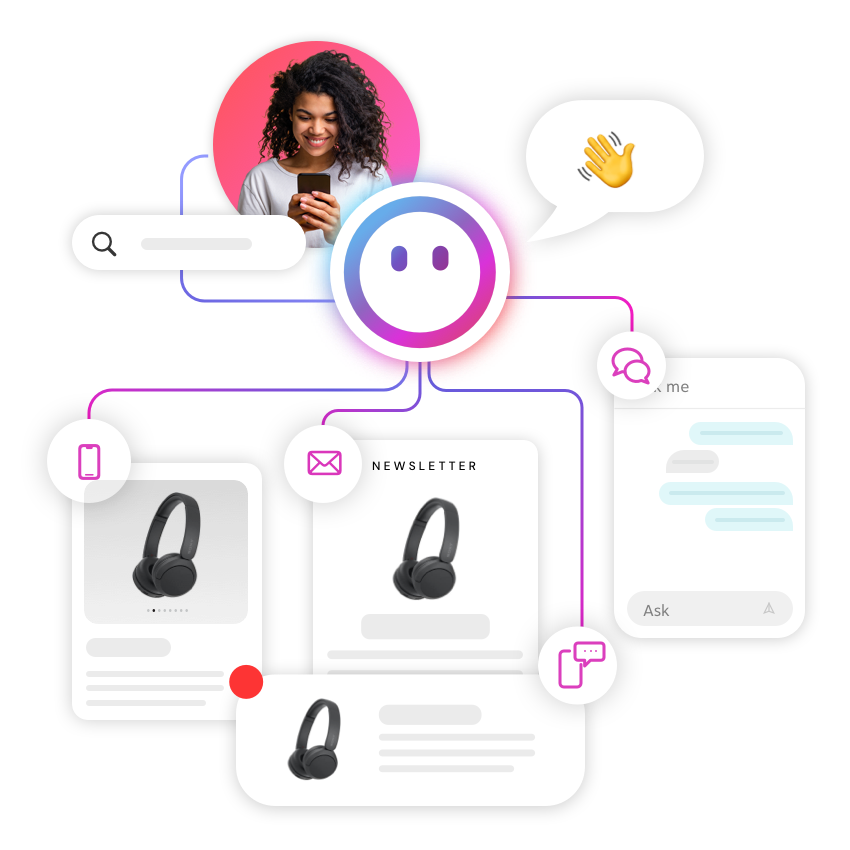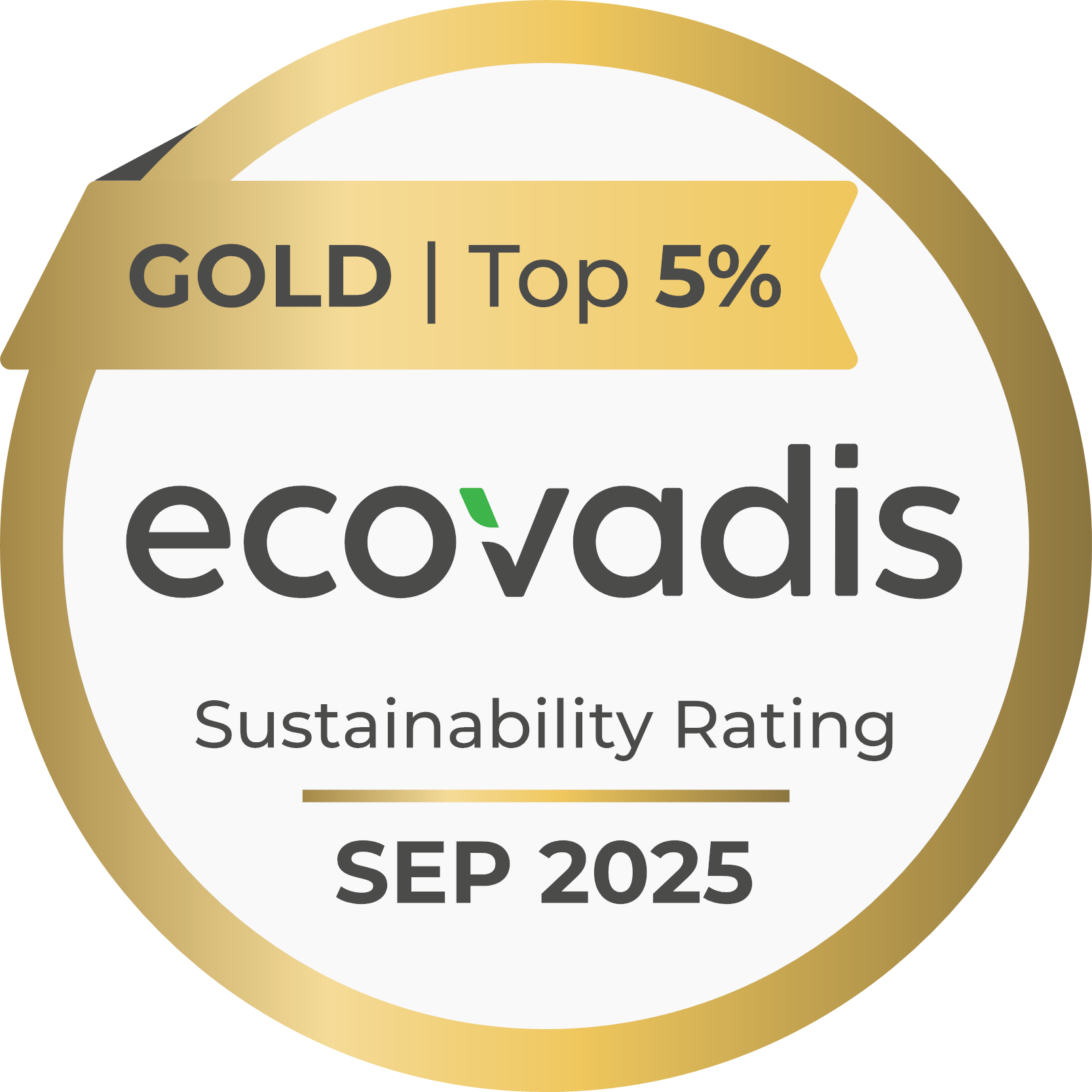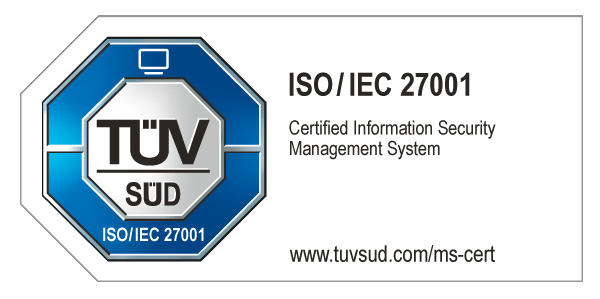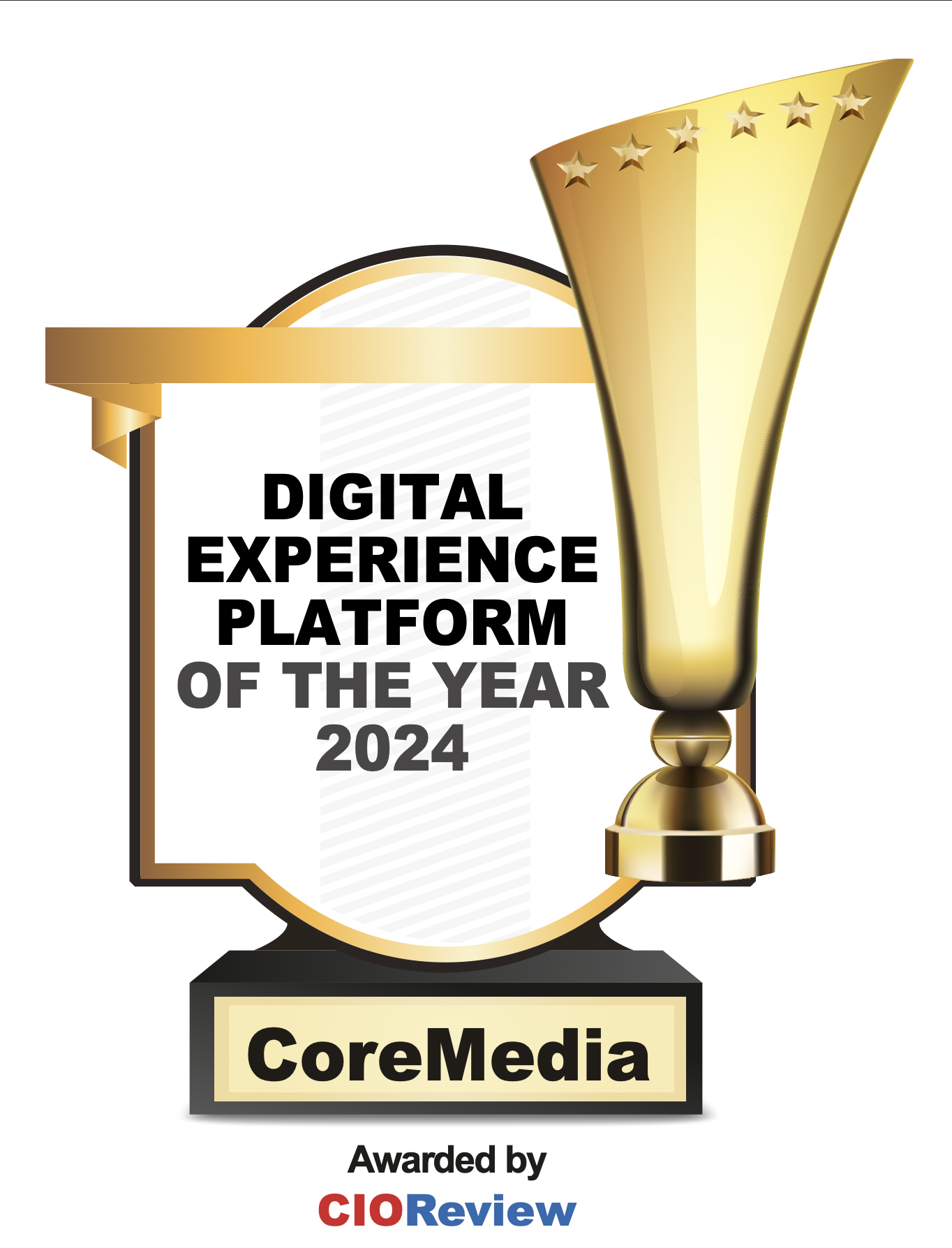All too often, a client or prospect asks me about the ROI for a content-driven web experience.
In B2C, the traditional setup is to have a marketing/campaign site then a separate shop/commerce site – often with a big drop-off in traffic between them. Eliminate that gap, factor in additional traffic on shoppable pages, and there’s your case: without campaign content, you’re missing a valuable SEO- and brand-building tool.
But how do you measure the impact of a blended content and commerce experience on a B2B site? To answer that, you need to run some cross-channel attribution models.
First ask two questions: Of all users who logged into the site in the last year,
- What volume of online purchases were made?
- Which users made no online purchases?
Once you have the answers, dig deeper and ask a third question: How many offline sales – via sales reps, physical stores, or other channels – were influenced by these users who did not make a purchase online?
I recently had a client tell me that in their business users in the first category purchased less than $20M worth of goods. One might conclude, then, that heavily investing into the eCommerce site doesn’t make sense.
Yet the answer to the second question revealed: Users who didn’t purchase online but still used the website for informational purchases drove almost $1B in sales.
So what does that mean for your B2B website?
It means your site is a vital piece of your sales funnel – and that it needs to cater to the early buying cycle.
Brand differentiation and storytelling convince your prospect or customer why they should interact with your company (and not the competition), and also conveys the value-add you bring to the table beyond your products by themselves. It’s that powerful force known as brand equity.
The ultimate goal, of course, is to tell your brand story and weave product content into the experience (whether the products are directly purchasable or not). And, obviously, the site needs to be optimized for mobile devices as well.
Because once you have an answer to the third question, the business case is self-evident. In the end the B2B case isn’t all that different from the B2C case.








